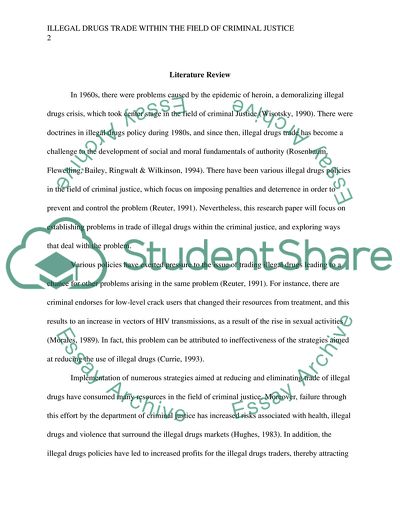Cite this document
(Illegal Drugs as a Problem in Trades Book Report/Review, n.d.)
Illegal Drugs as a Problem in Trades Book Report/Review. Retrieved from https://studentshare.org/law/1793930-literature-review
Illegal Drugs as a Problem in Trades Book Report/Review. Retrieved from https://studentshare.org/law/1793930-literature-review
(Illegal Drugs As a Problem in Trades Book Report/Review)
Illegal Drugs As a Problem in Trades Book Report/Review. https://studentshare.org/law/1793930-literature-review.
Illegal Drugs As a Problem in Trades Book Report/Review. https://studentshare.org/law/1793930-literature-review.
“Illegal Drugs As a Problem in Trades Book Report/Review”, n.d. https://studentshare.org/law/1793930-literature-review.


